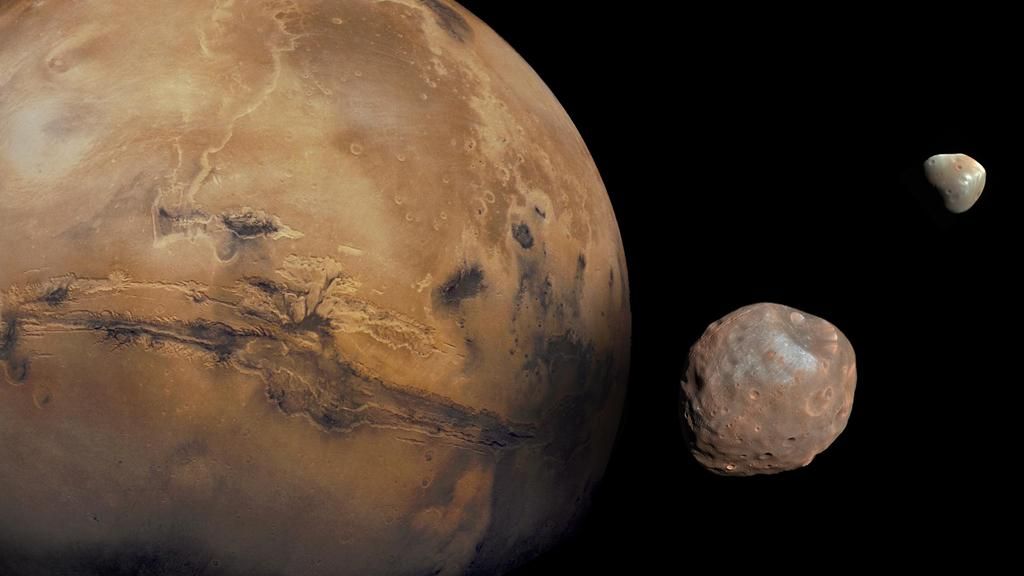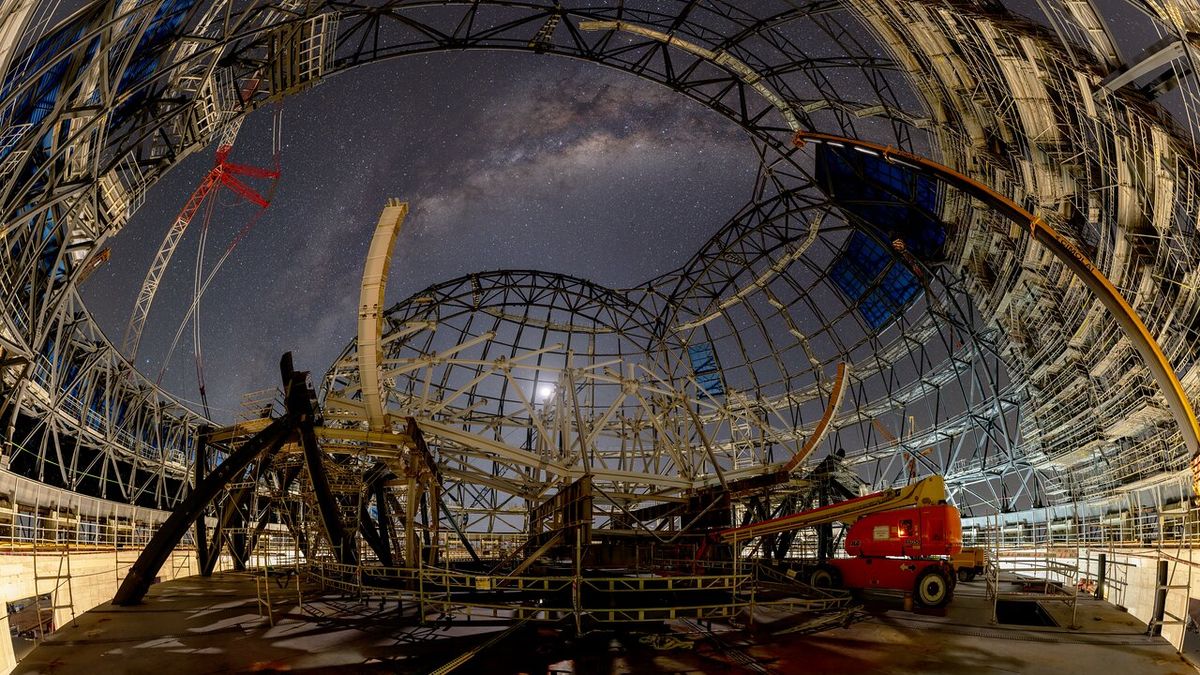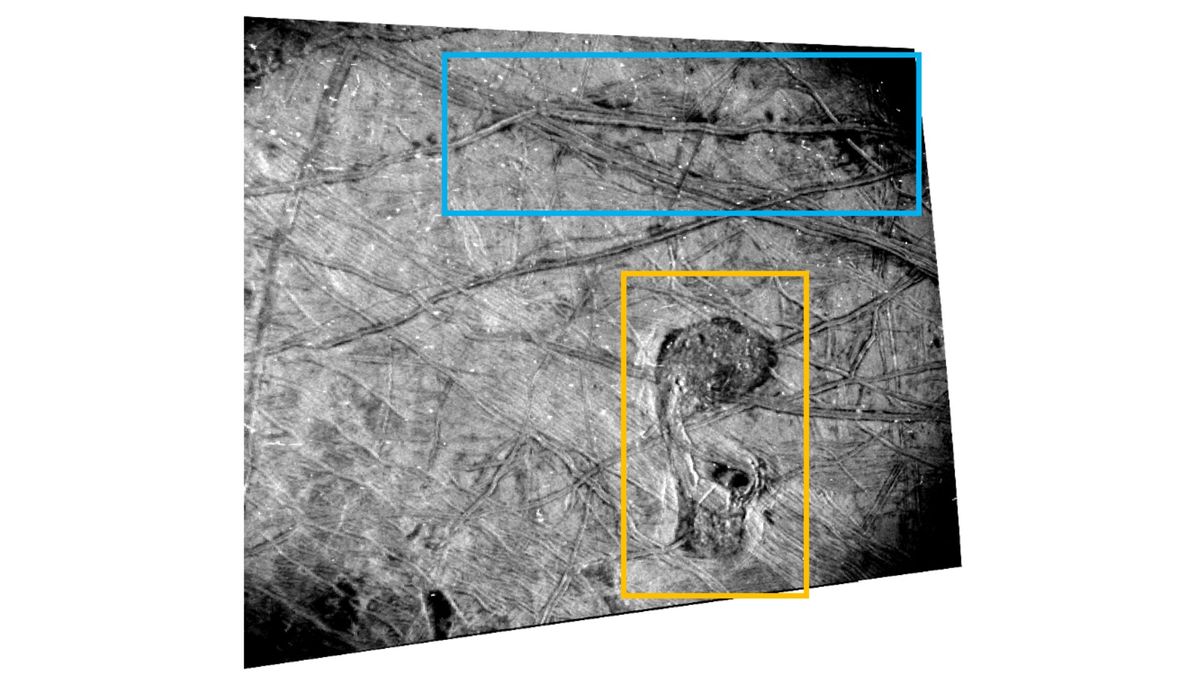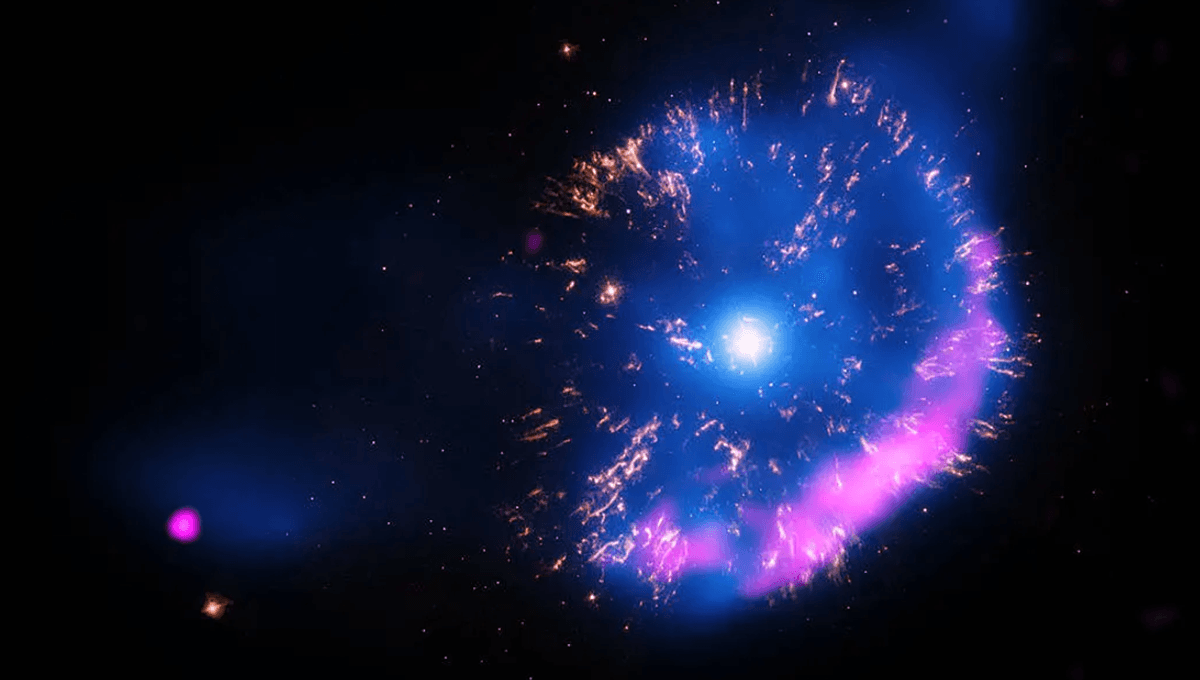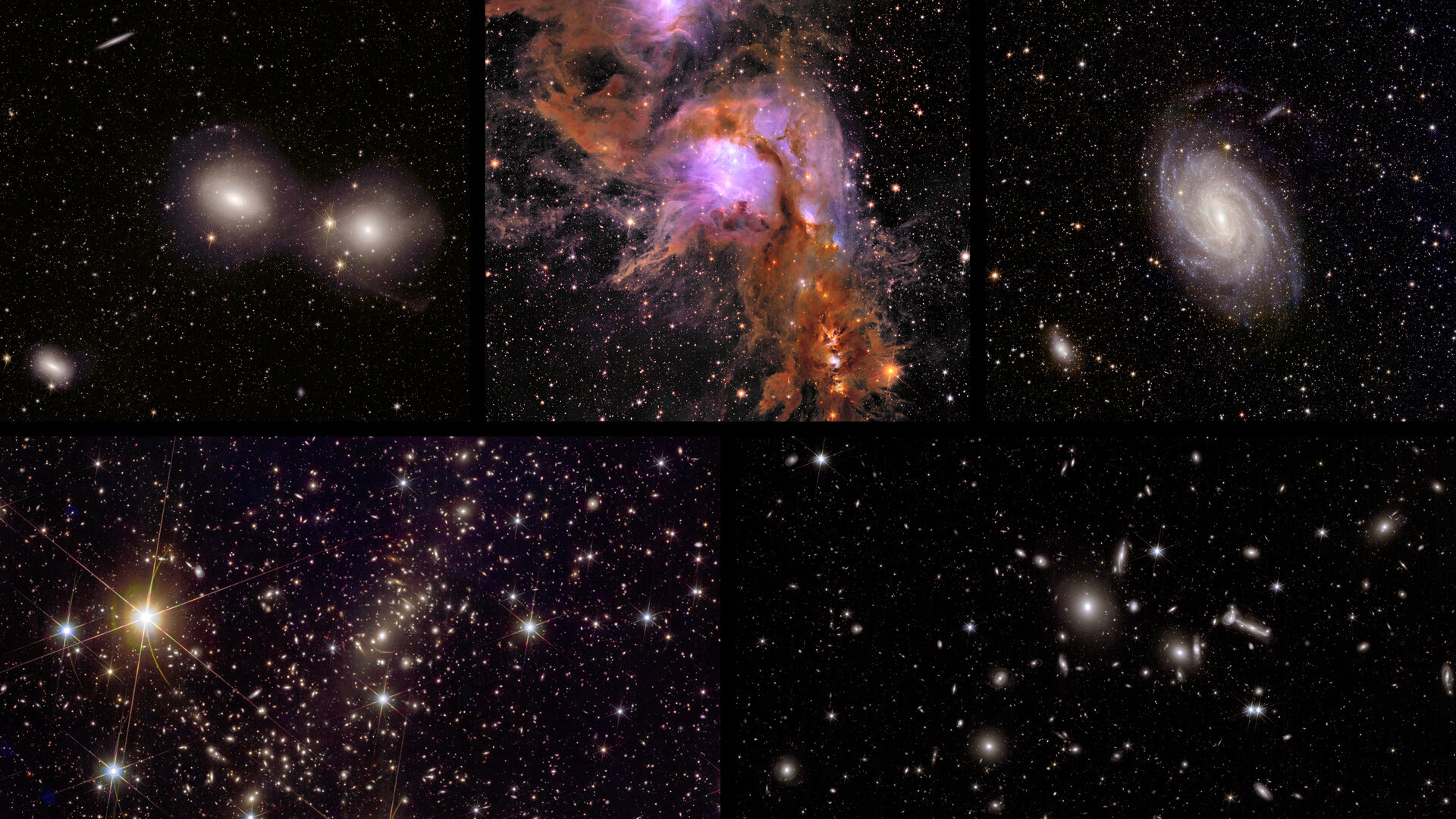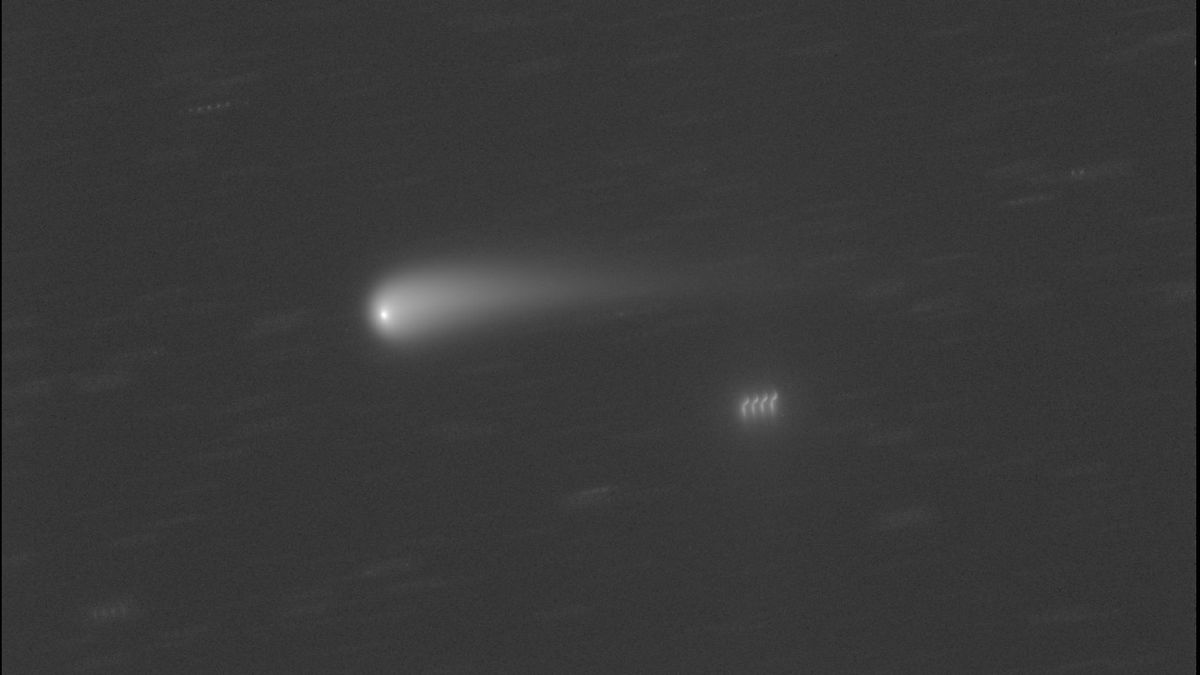Mars’ Moon Phobos: A Captured Comet?
New research suggests that Mars’ moon Phobos may actually be a comet, or at least part of one, that was captured by the Red Planet long ago. This theory challenges previous hypotheses about the origins of Phobos and its twin, Deimos, and raises questions about the nature of celestial bodies in our solar system. The study, led by astronomy professor Sonia Fornasier, sheds light on Phobos’ unique photometric properties that closely resemble those of Jupiter-family comets, such as Comet 67P. The implications of these findings could change our understanding of how celestial objects interact and evolve over time. The upcoming Martian Moons eXploration mission in 2026 may provide more answers to the mysteries surrounding Phobos and its potential comet origins.
Unveiling the Secrets of Phobos’ Surface
A closer look at Phobos’ surface reveals intriguing details that hint at its possible comet origins. Analysis of high-resolution images taken by the Mars Express spacecraft shows that Phobos’ surface is not uniform in its light reflection, with some areas being highly reflective while others are porous like sand. This porous nature, combined with the presence of grooved particles, suggests that Phobos may be covered by a thick dust layer that affects its photometric properties. These characteristics closely resemble those of Jupiter-family comets, adding weight to the theory that Phobos was once a comet captured by Mars. Further research and dynamical simulations will help confirm this hypothesis and shed light on the complex interactions between celestial bodies in our solar system.
The MMX Mission: Unlocking the Secrets of Phobos
The upcoming Martian Moons eXploration (MMX) mission in 2026 aims to unravel the mysteries surrounding Phobos and its potential comet origins. Led by the Japan Aerospace Exploration Agency, the MMX mission will physically sample bits of Phobos to analyze its composition and structure. This groundbreaking mission could provide definitive answers about the origins of Phobos and its twin, Deimos, and offer insights into the capture and evolution of celestial bodies in our solar system. The findings from the MMX mission are expected to revolutionize our understanding of Mars’ moons and their place in the cosmic tapestry of our universe.
